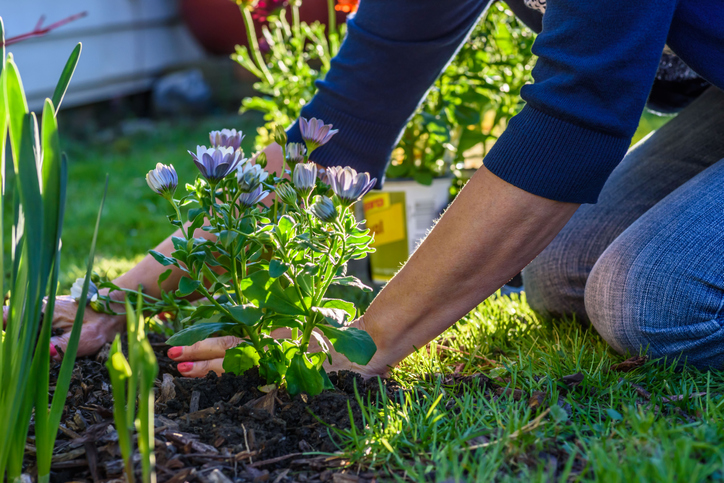The dos and don’ts of planting trees and shrubs at home to avoid subsidence

The dos and don’ts of planting trees and shrubs at home
Aviva is urging green-fingered residents to take care when planting trees and shrubs near their homes.
According to the insurer, millions of UK residential gardens could be set for a makeover, with 33% expected to see new trees, hedges or shrubs introduced this year.
However, as witnessed during the UK heatwave in 2022, changing weather patterns mean that residents are facing hotter, drier summers, potentially increasing the risk of subsidence.
Figures from Aviva’s Building Future Communities research reveal more than a third of UK residents (36%) are concerned about subsidence at their home, while a quarter (26%) are specifically worried that trees near to their buildings may lead to this issue.
With this in mind, Aviva has put together the following guidance to help keen gardeners minimise the risk of subsidence at their homes:
Choose your tree variety wisely: Information published by the ABI (Association of British Insurers) suggests that certain types of trees – including poplar, willow, elm and oak – are more likely to cause problems than others, due to their long, fine root structures. According to the National House Building Council, lower water demand trees include birch, elder, hazel and magnolia. Residents may wish to consult an arborist for expert advice, if they are unsure about which varieties to plant.Don’t plant trees or large shrubs close to your buildings. Most people will think about their home, but the same applies to garages and outbuildings. Also remember, that a cluster of smaller, individual hedge plants can have a greater impact when grouped together. A suitable distance will depend on the type of subsoil, variety of tree and depth of foundations, so if in any doubt, check with an expert.Consider whether shrubs could be moved if they are too close to your property. If a shrub was planted after the home was built and is still relatively small, it may be possible to reposition them elsewhere.Maintain your trees by pollarding or thinning their branches. This will reduce the amount of water they require and will therefore allow moisture to remain in the soil.Keep a close eye on trees close to your property or garden. If a tree is in the street or on a neighbouring property, it’s still possible to affect your home or outbuildings if positioned close to your structures, so be mindful of any signs of shifting or cracking.Do not remove or modify a tree which has a preservation order, unless you have all the appropriate consents.
In addition:
Watch out for leaky drains: Leaks from drains or water mains can also lead to issues as they can soften soil or even wash it away, causing the land to sink downwards. Sandy, gritty soils are more susceptible to this issue.Check your gutters and drainpipes too and make sure they’re well maintained, in case they are leaking.Be particularly vigilant if clay soils are common in your region. Subsidence is more likely to occur in areas where clay soils are prevalent, because they are more prone to shrinking during hot weather. Clay soils are more common in southern England, so residents here are warned to be on their guard.
Waseem Malik, Chief Claims Officer for Aviva UK&I General Insurance says:
Nature can be incredibly powerful, and trees and shrubs will go to extreme lengths to find the water they need to survive during hot spells
Waseem Malik, Chief Claims Officer for Aviva UK&I General Insurance
“The vast majority of homes and gardens can co-exist quite happily without plants causing problems to properties. However, nature can be incredibly powerful, and trees and shrubs will go to extreme lengths to find the water they need to survive during hot spells. In turn, the surrounding ground can become incredibly dry and unstable if plants have removed excessive moisture. In extreme cases, this can lead to subsidence for nearby buildings.
“Prevention is the best cure, so we are encouraging gardeners to think carefully if they intend to start planting this year, to ensure their homes and gardens are climate-ready. Trees and shrubs can be beautiful additions to gardens, but they can grow to such proportions both above and below the surface. This can cause all manner of problems if they are planted too close to structures.
“We’d urge people to do a bit of research before they start making changes to their outdoor spaces, to avoid any issues further down the line.”
People can find out more about subsidence and what to look out for by visiting the Aviva weather hub.





